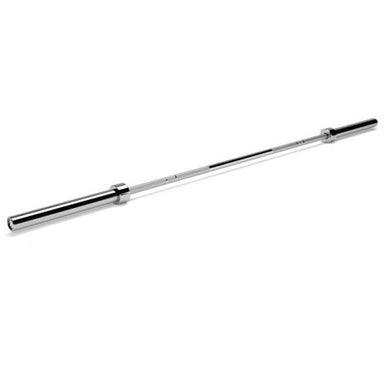
Need a High-Performance Olympic Bar? Try the Escape Fitness WOD001 WOD Olympic Bar! The Escape Fitness WOD001 WOD Olympic Bar is the perfect choice...
View full details
Whether you're equipping a home gym or upgrading a commercial space, choosing the right barbell can make a huge impact on your training. One of the most common questions we get is: olympic bar vs standard bar — what’s the difference, and which one should you get?
At a glance, they may look similar. But in performance, weight capacity, durability, and sleeve size, they're completely different. In this blog, we’ll break down the exact differences between these two barbells, when to use each, and how to maintain them. We’ll also compare models from top brands like Body Solid, TAG Fitness, Power Systems, and York — all available in our Bars & Collars collection.

If you're searching “what’s the difference between olympic bar and standard bar,” here’s the quick answer:
| Feature | Olympic Bar | Standard Bar |
|---|---|---|
| Sleeve Diameter | 2 inches | 1 inch |
| Bar Length | 6.5 to 7 ft | 5 to 6 ft |
| Weight | 15–20 kg (33–45 lbs) | 5–15 kg (11–33 lbs) |
| Plate Compatibility | Olympic plates (2”) | Standard plates (1”) |
| Max Load | 600–1500+ lbs | 200–300 lbs |
| Use Case | Strength, Olympic lifting, CrossFit | Home workouts, lighter use |
Olympic bars are usually built to handle more weight and come with rotating sleeves to reduce wrist strain during fast lifts. Standard bars are lighter, simpler, and better for casual lifters or those in smaller spaces.
If you’re lifting heavy, training for strength, or doing Olympic lifts like snatches or cleans, go with an Olympic bar. Most Olympic bars are 7 ft long (like our York 7 ft bar) and weigh around 20 kg — the 45lb barbell you often hear about.
They’re also compatible with bumper plates, making them perfect for CrossFit or garage gym setups. If you’re focused on squats, presses, or deadlifts, the bar’s sturdiness and grip markings give you the edge.
Powerlifting, Olympic lifting, CrossFit
Strength programs using 300+ lbs
Commercial or well-equipped home gyms
York Olympic Bars – classic durability
Body Solid 7 ft Olympic Bar – smooth spin and heavy-duty
Power Systems Olympic Barbell – great grip knurling
TAG Fitness Olympic Bar – balanced and budget-friendly

Standard bars are usually shorter — a 5 foot barbell is common — and much lighter. These bars are great for general fitness, small home setups, or accessory lifts like curls and triceps extensions.
Most standard bars weigh between 5–15 kg, and fit 1” hole plates like our weights standard. They’re more affordable and easier to move around, but can’t handle very heavy loads.
These are ideal if you’re starting out or prefer working with moderate weights. And for targeted movements like curls, a fixed weight curl bar or spin-lock barbell works great.
Beginners or general fitness routines
Compact home gym spaces
Curl bars, upright rows, shoulder presses

If you’re searching for “olympic bar vs standard bar weight,” here’s what you need to know:
| Bar Type | Weight | Max Load |
|---|---|---|
| Olympic Bar (Men’s) | 20 kg / 45 lbs | 1000+ lbs |
| Olympic Bar (Women’s) | 15 kg / 33 lbs | 700–800 lbs |
| Standard Bar | 5–15 kg / 11–33 lbs | 200–300 lbs |
This is why Olympic bars are preferred for deadlifts, squats, and bench presses. Standard bars are great for lighter accessory work or casual training but may bend or wear faster under heavier loads.

On forums like Reddit, users often ask “olympic bar vs standard bar reddit” to hear real lifter feedback.
Common replies:
Olympic bars feel smoother and more stable under load
Standard bars are fine for beginners or curls
Olympic bars last longer, especially for heavy training
Budget-minded lifters like cast iron standard sets for home gyms
If you're still unsure, it's worth testing both — many lifters start with a standard bar and upgrade to an Olympic bar later.
No matter what barbell you choose, proper care is key. Even premium bars can show signs of wear over time — especially rust.
Wipe down your bar after each workout
Store vertically or in a dry place
Avoid leaving bars outdoors or in humid garages
Oil your barbell sleeves occasionally to maintain spin
Already seeing rust? Use a light brush or towel, apply bar oil, and clean the knurling. Our upcoming blog on how to remove rust from barbell will cover this in detail.
✅ You’re lifting 200+ lbs regularly
✅ You want better sleeve spin and durability
✅ You’re following a strength or CrossFit program
✅ You want a compact, budget-friendly option
✅ You’re training in a smaller space
✅ You’re focusing on isolation exercises or curls
For most strength-focused lifters, Olympic bars are the way to go. But if you’re building a casual home gym or just getting started, standard bars get the job done.
Explore our full Bars & Collars collection for:
Brands available: Body Solid • York • Power Systems • TAG Fitness • Escape Fitness • TROY • Intek Strength
Need help deciding? Contact us anytime for tailored barbell recommendations.

Need a High-Performance Olympic Bar? Try the Escape Fitness WOD001 WOD Olympic Bar! The Escape Fitness WOD001 WOD Olympic Bar is the perfect choice...
View full details
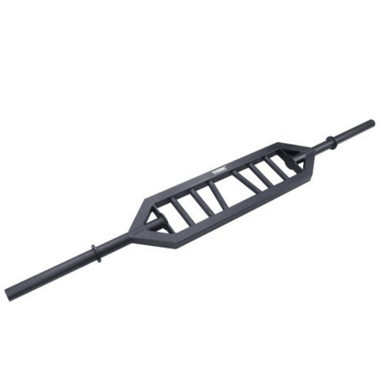 Save $79.00
Save $79.00
York Black Mult-Grip Bar | 32035 Brand: York Item SKU: 32035 Product Description Featuring neutral and angled grips with knurled handles the York ...
View full details
York 110 lbs. Black Contour Cast Iron Spinlock Dumbbell / Barbell Set | 2021 Brand: York Item SKU: 2021 Product Description The Contour Cast Iron ...
View full details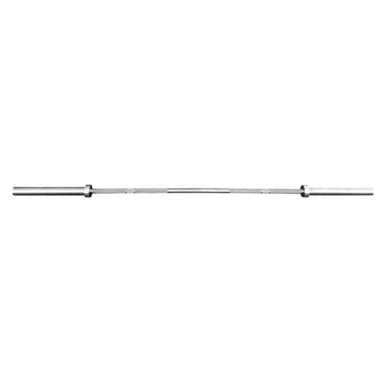
 Save $182.00
Save $182.00
Need a Heavy-Duty Power Bar? Try the TAG Fitness BAR-PWR2000 Olympic Power Bar! The TAG Fitness BAR-PWR2000 Olympic Power Bar is designed for serio...
View full details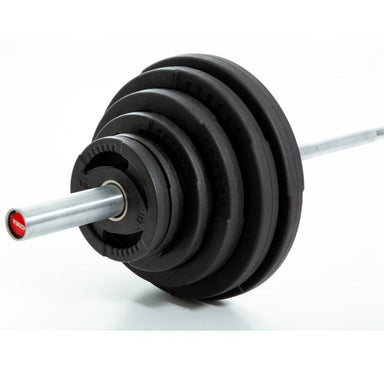
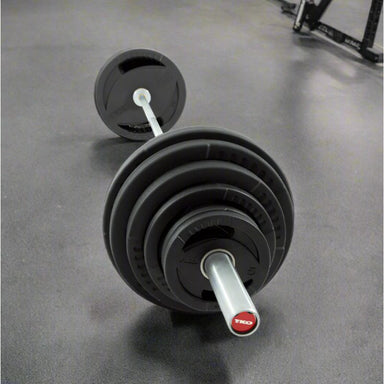 Save $117.40
Save $117.40
Need a More Powerful Barbell Set for Advanced Training? Try the TKO Strength 300Lb Olympic Rubber Plate set w/1,500lb Bar & Collars - 803OR-300...
View full details
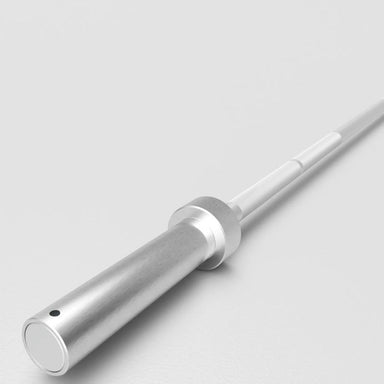 Save $150.00
Save $150.00
Looking for a Versatile Training Bar? Discover the VTX GOB-300LZ 6’ Lightweight Olympic Training Bar! The VTX GOB-300LZ 6’ Lightweight Olympic Trai...
View full details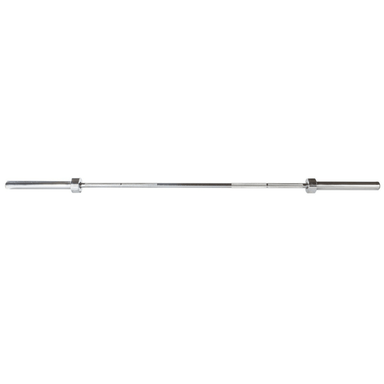
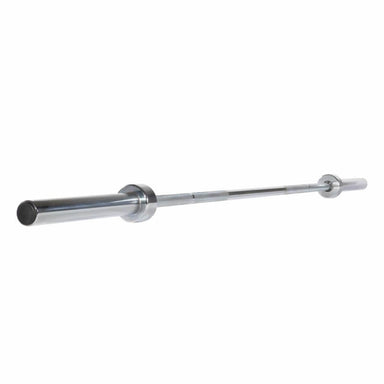 Save $70.00
Save $70.00
YORK 7' Olympic Economy Bar | 2976 The YORK BARBELL ® 7′ Olympic training weight bar is an excellent choice for home use. It features a sleek chrom...
View full details
 Save $27.00
Save $27.00
YORK Olympic Hex Weight Bar - 45lb | 32034 25 mm – Diameter 56″ Total Length 9 7/8″ Loadable sleeve 22.5″ Total Width 23.75 <——> between ha...
View full details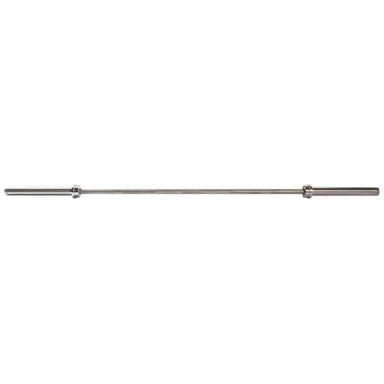
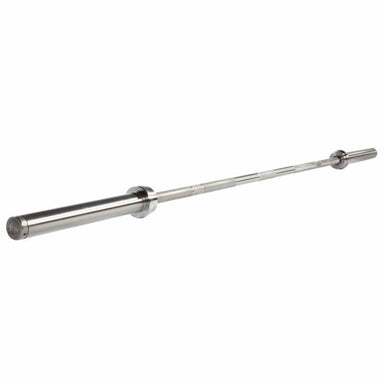 Save $143.00
Save $143.00
YORK Broad Street Bar | 32007 The YORK® Broad Street Bar boasts a minimum tensile strength of 185,000 PSI following heat treatment. Crafted from N...
View full details
Leave a comment